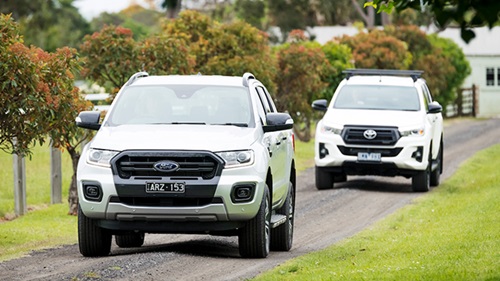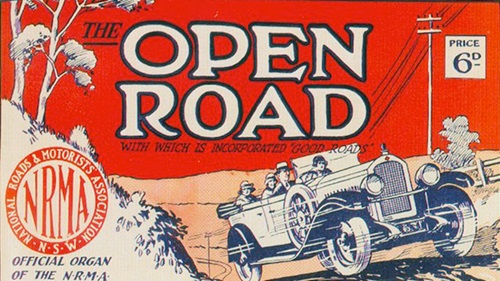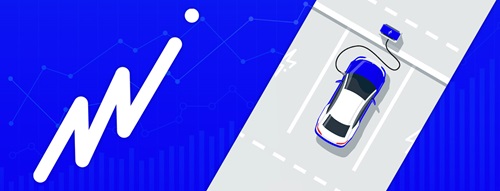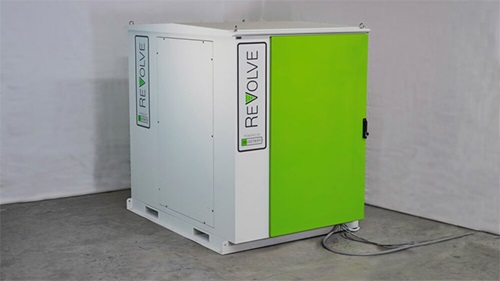High demand for NRMA roadside assistance bucks COVID trends
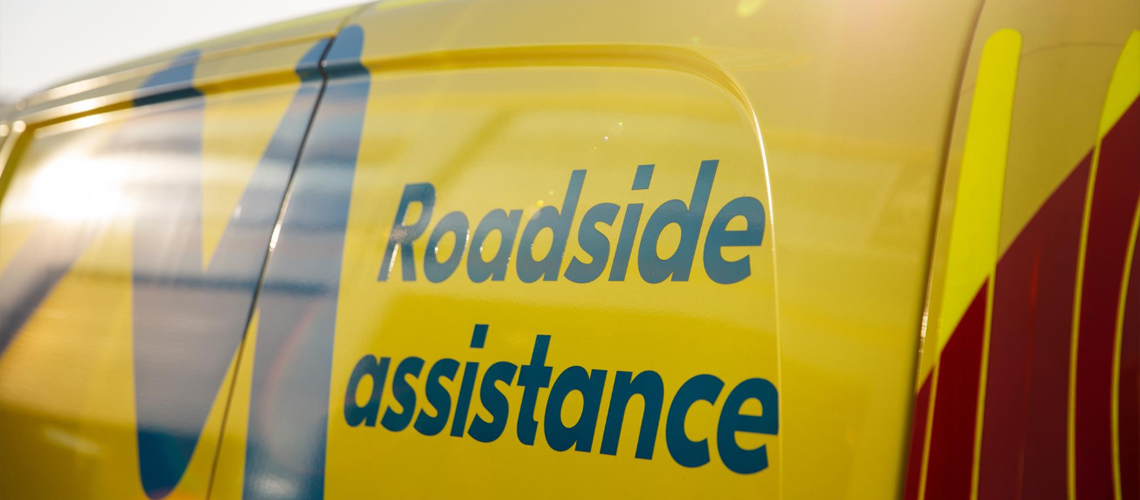

With half the amount of traffic on Sydney's roads during lockdown compared to pre-COVID levels, you might expect a similar fall in the demand for roadside assistance. However new data from the NRMA tells a different story.
Despite fewer cars on the road, tens of thousands of Sydneysiders have needed help from the NRMA during lockdown.
While traffic volumes across Sydney are down 50 per cent compared with 2019 and around 20 per cent lower than last year’s lockdown, NRMA roadside assistance jobs have fallen just 8 per cent compared to the same period in 2020 and 17.5 per cent compared to 2019.
The figures are comparatively high across both LGAs of concern and the rest of the city.
Where are breakdowns occurring in Sydney?
Since 1 July, NRMA patrols have been called out to assist 65,038 breakdowns across Greater Sydney, including 27,313 in parts of western and south-western Sydney subject to stricter lockdown measures.
Motorists in the Blacktown council area have suffered the most breakdowns (4637) during the current lockdown followed by the Northern Beaches (4102), Canterbury-Bankstown (4024), Sutherland (3460), Parramatta (3267) and Penrith (2570).
In comparison, there were 906 jobs in the Waverley council area in Sydney’s eastern suburbs, 1500 in Fairfield, 1944 in Hornsby and 2504 in the Inner West.
What are the main breakdown causes?
While there has been a minor fall in overall call-outs with fewer people driving, there has been a significant increase in people needing help with their batteries as cars are sitting idle in homes for longer.
Batteries saw a 29 per cent increase on last year (35 per cent increase in LGAs of concern and 22 per cent others).
Across Sydney and by LGA the main causes of breakdown are consistently and in order:
- Batteries
- Wheels and tyres
- Electrical faults
- Cooling systems
- Petrol/fuel systems
Maintaining service levels without compromising safety
Pre-COVID one of the biggest challenges in getting to Members was traffic congestion.
"We have noticed a shift away from traditional pre-COVID peak demand and locations to reflect people’s changing driving habits. We are now increasingly called out to people’s homes, vaccination and testing clinics, shopping centres and parks," NRMA general manager for roadside delivery, Simon Denic, said.
"Getting to people when they need us in a COVID-safe way has been critical to the NRMA during this lockdown. We have adjusted how we operate to protect our staff and Members. This involves limiting staff in LGA areas of concern to working within those boundaries."
The challenges of lockdown have had only a minor impact on waiting times, with NRMA patrols responding to 80 per cent of calls within an hour: the highest response rates in the industry.
"As we continue to adjust work practices in the coming weeks we expect these figures to improve further," Mr Denic said.







